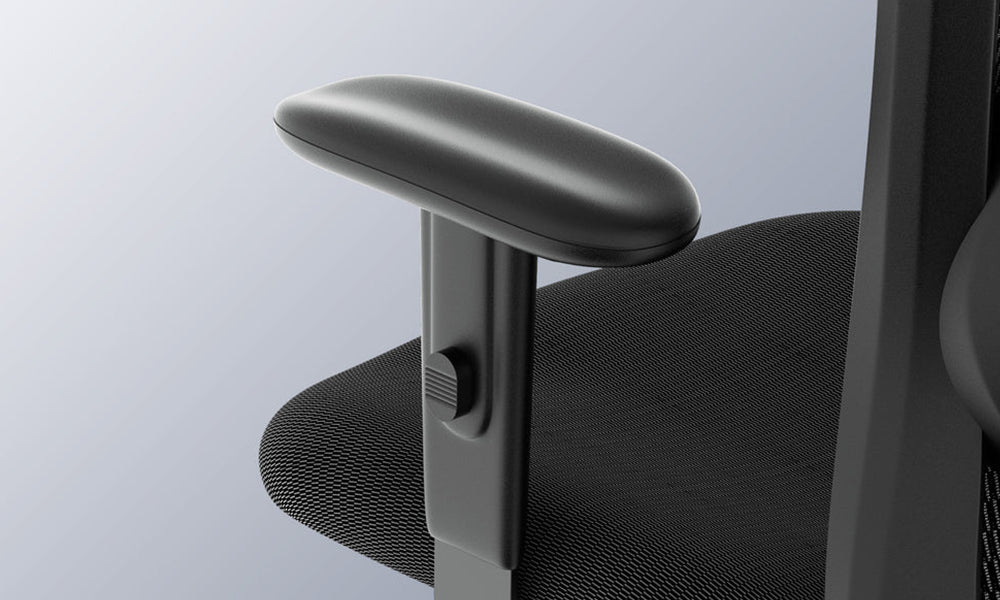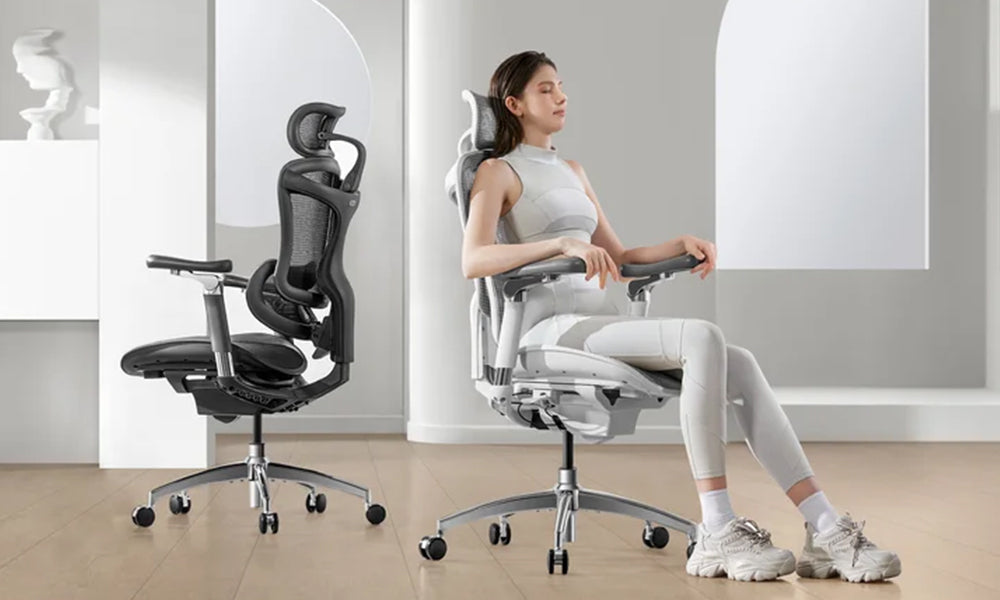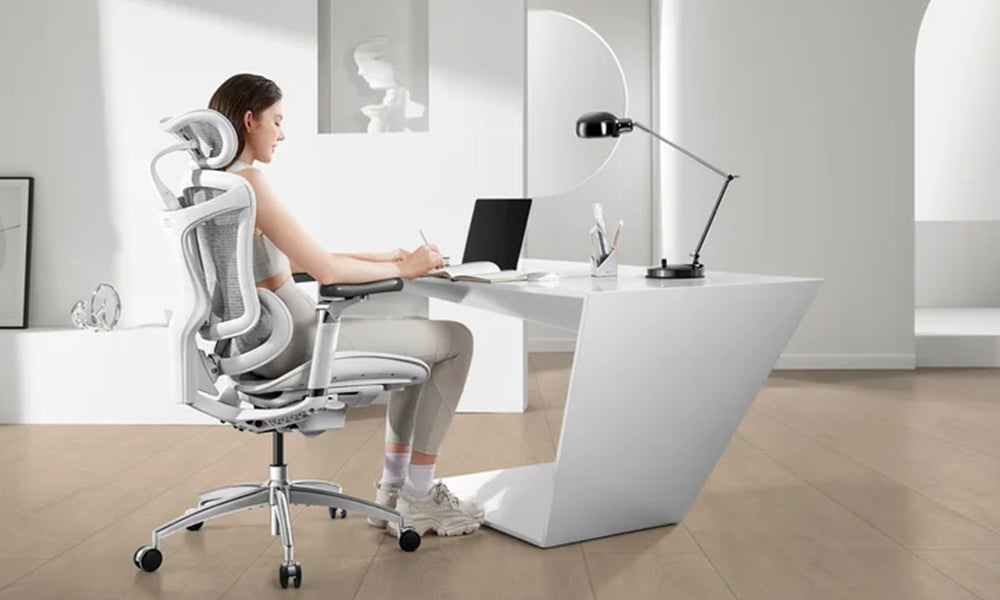When it comes to ergonomic chairs, there are countless options available on the market, each with its own set of features and design elements. One common feature that sparks debate among users is whether ergonomic chairs should have arms. Some argue that armrests are a crucial component for comfort and support, while others believe they can hinder proper posture and freedom of movement. In this article, we will delve into the topic of whether ergonomic chairs should have arms, exploring the pros and cons to help you make an informed decision for your own needs.
The Purpose of Ergonomic Chairs
Before we dive into the armrest debate, it's essential to understand the primary purpose of ergonomic chairs. These specially designed chairs are intended to provide maximum comfort and support while promoting good posture. They are commonly used in office settings to reduce the risk of musculoskeletal problems and enhance productivity by keeping users comfortable during long work hours.
Ergonomic chairs often feature various adjustments such as seat height, lumbar support, and tilt functionality. These adjustments aim to accommodate a wide range of body types and individual preferences, making them suitable for a diverse group of users. The question of whether armrests belong on ergonomic chairs hinges on how they contribute to these overall goals.
The Pros of Ergonomic Chairs with Arms
Arm Support and Comfort: One of the primary advantages of having armrests on an ergonomic chair is the added arm support and comfort they provide. Armrests can help reduce strain on your shoulders, neck, and upper back by allowing you to rest your arms while working or typing. This added support can lead to reduced tension and fatigue during long working hours, which is especially beneficial for individuals who spend significant time at their desks.
Improved Posture: Ergonomic chairs with arms can also assist in maintaining proper posture. By having a place to rest your arms, you are more likely to sit back in your chair and maintain an upright posture. This can help prevent slouching and the associated discomfort that can result from poor posture. Proper posture is not only more comfortable but also reduces the risk of developing chronic musculoskeletal issues.
Versatility: Ergonomic chairs with adjustable armrests offer versatility in terms of accommodating different tasks. You can raise or lower the armrests to align them with your desk or keyboard height, allowing for more customized positioning. This adaptability ensures that your chair can cater to various work activities, from typing at a computer to reading or writing.
Rest and Relaxation: Armrests can provide a convenient spot to rest your arms when you need a break from typing or other tasks. This short pause can help reduce strain on your wrist and forearm muscles and alleviate fatigue. It can also serve as a small moment of relaxation, contributing to your overall comfort and well-being.
Enhanced Aesthetic: Armrests can also add to the aesthetic appeal of an ergonomic chair. While aesthetics may not be the primary concern, the presence of armrests can make the chair look more complete and polished, which can be important for some users in professional or home office settings.
The Cons of Ergonomic Chairs with Arms
Restricted Movement: The most significant drawback of ergonomic chairs with arms is that they can restrict your freedom of movement. Armrests can make it more challenging to move close to your desk, limiting your ability to reach items or work on tasks that require you to be closer to the work surface. This restriction can be frustrating and counterproductive in certain situations.
Inhibiting Proper Typing and Mouse Usage: For those who use a computer for work, the placement of armrests can be a double-edged sword. While they can offer support during typing, they may interfere with the proper positioning of the keyboard and mouse. Users may need to adjust their workspace or chair height to find a balance, which can be time-consuming and frustrating.
Less Space-Efficient: Chairs with armrests tend to be bulkier, taking up more space in your office or workspace. If you have limited room to work with, this can be a significant drawback. Smaller spaces might benefit from chairs without arms to maximize usable space.
Not Suitable for All Body Types: Ergonomic chairs with fixed armrests may not be suitable for all body types. Those with broader shoulders or unique body proportions may find that the armrests do not align comfortably with their arms, leading to discomfort and a lack of proper support.
Cost Considerations: Chairs with arms tend to be more expensive than their armless counterparts. If budget is a concern, you may need to weigh the added cost against the benefits of having armrests.
Making the Decision: Ergonomic Chair Arms or No Arms?
Now that we've examined the pros and cons of ergonomic chairs with arms, it's time to make an informed decision. Consider the following factors when deciding whether an ergonomic chair with arms is right for you:
Work Tasks: Think about the primary tasks you perform at your desk. If you spend a significant amount of time typing and require arm support, chairs with arms may be beneficial. However, if you need to frequently switch between tasks that require different seating positions, an armless chair might be more versatile.
Body Type: Consider your body type and proportions. If you have broad shoulders or unique body measurements, you may need to ensure that the chair's armrests are adjustable and can comfortably accommodate your arms.
Workspace Size: Evaluate your available workspace. If you have limited space or need to move your chair around frequently, a more space-efficient armless chair might be a better fit.
Budget: Determine your budget for an ergonomic chair. While chairs with arms tend to be more expensive, you may be willing to invest in added comfort and support.
Personal Preference: Ultimately, your personal preference should guide your decision. Some users find armrests to be essential for their comfort and well-being, while others prefer the freedom of movement provided by armless chairs.
Conclusion
The question of whether ergonomic chairs should have arms is not a one-size-fits-all answer. The decision should be based on your individual needs, work tasks, body type, and personal preferences. Ergonomic chairs with arms offer advantages such as arm support, improved posture, and comfort, but they may also restrict movement and interfere with workspace efficiency. It's important to weigh these factors and consider your specific requirements when selecting the right ergonomic chair for you. Ultimately, the best ergonomic chair is the one that supports your well-being and helps you maintain comfort and productivity throughout your workday.



